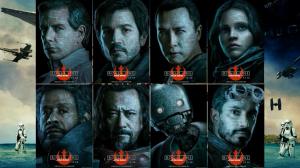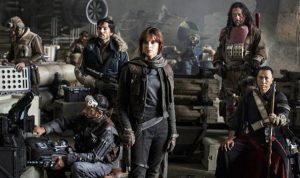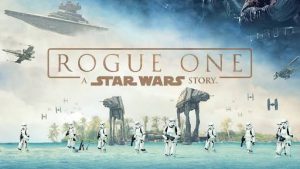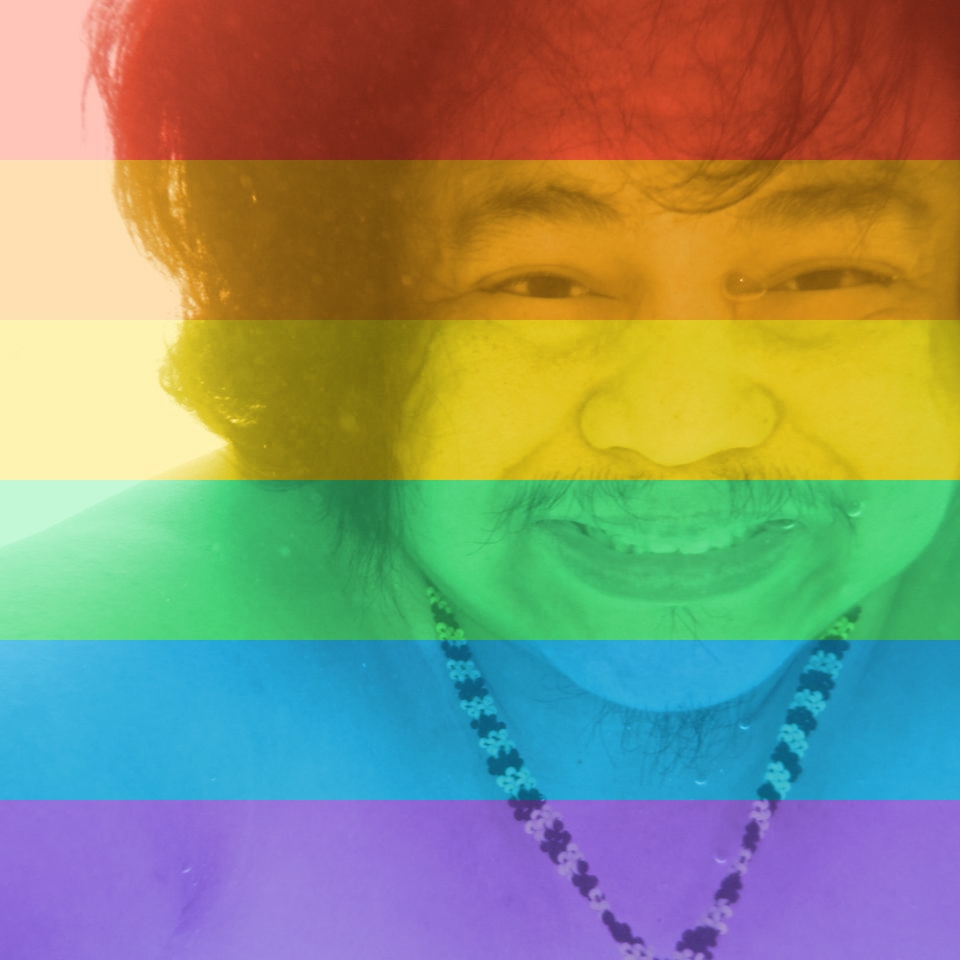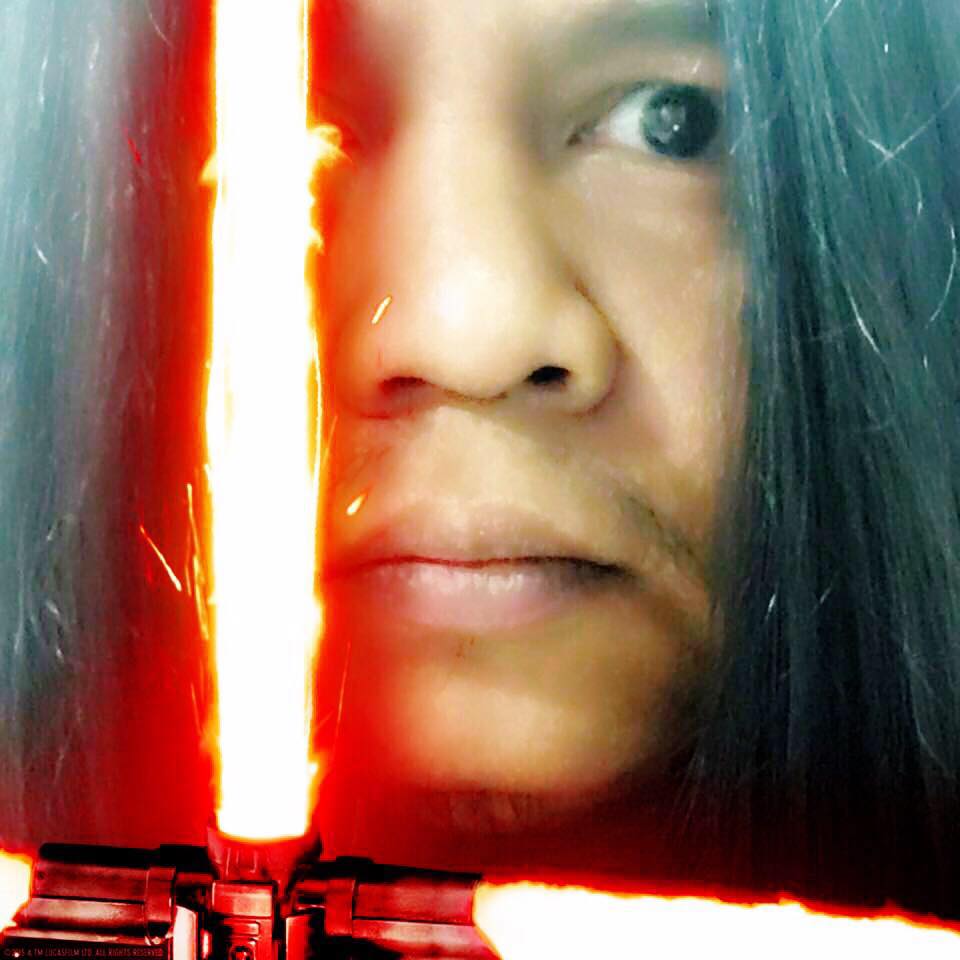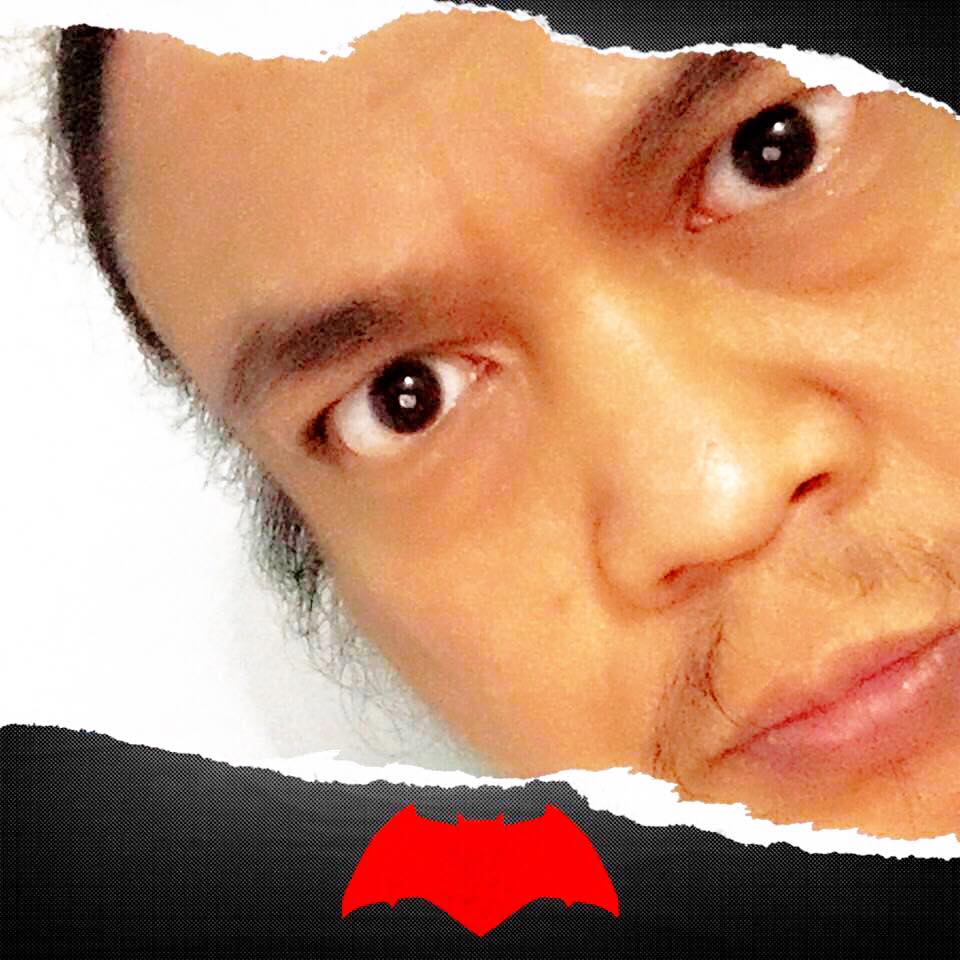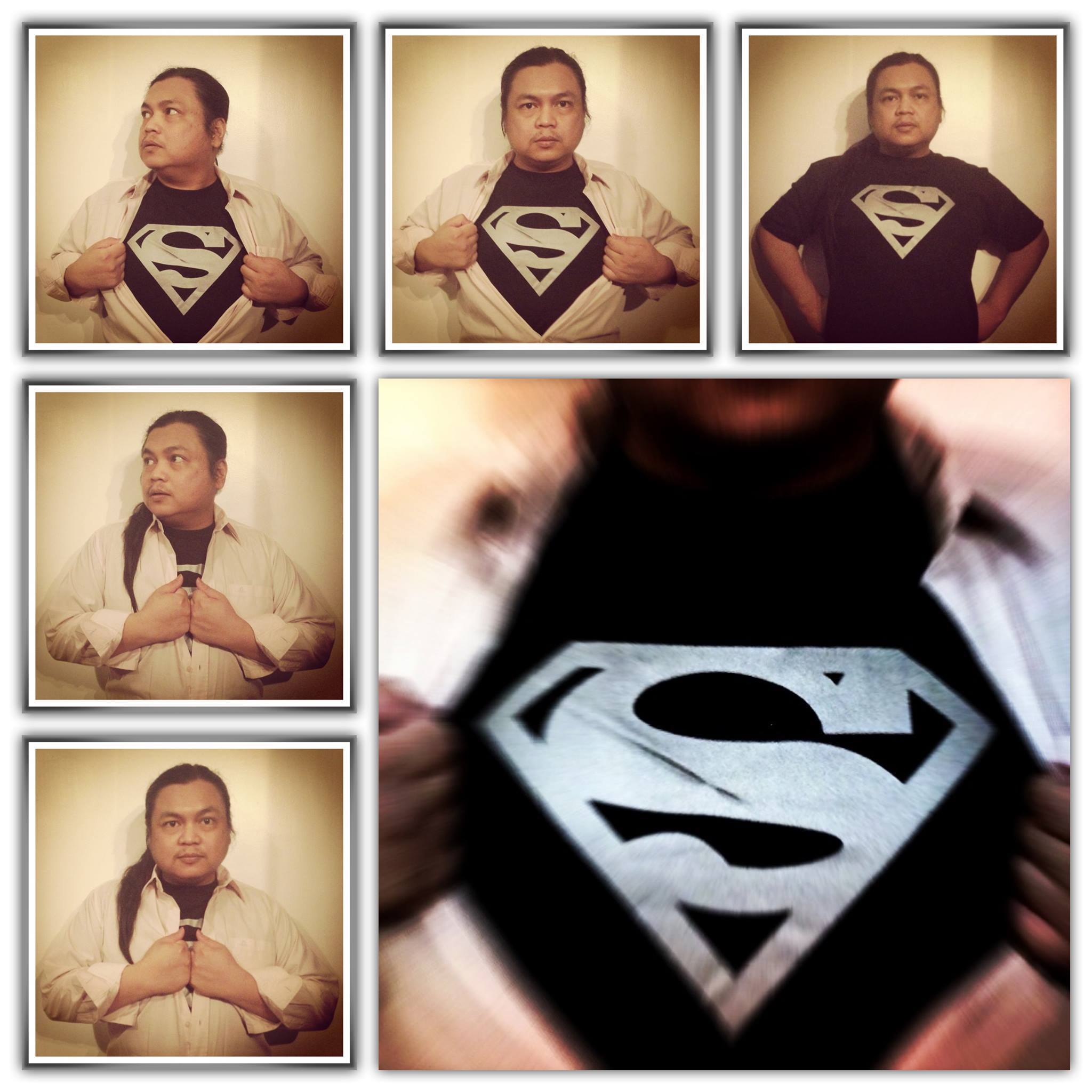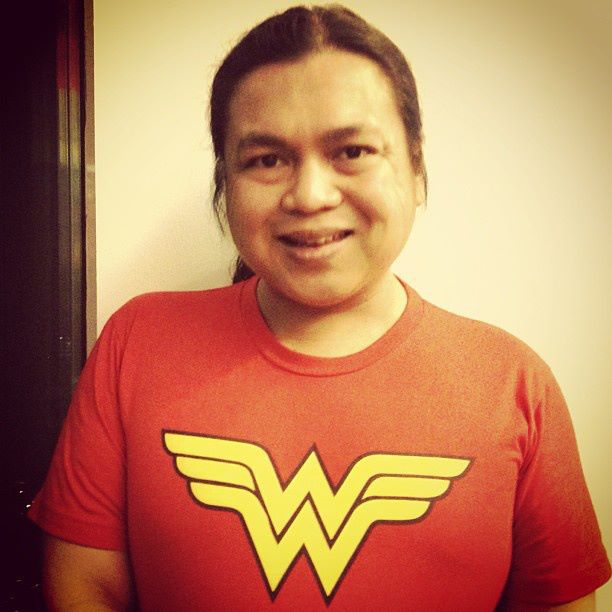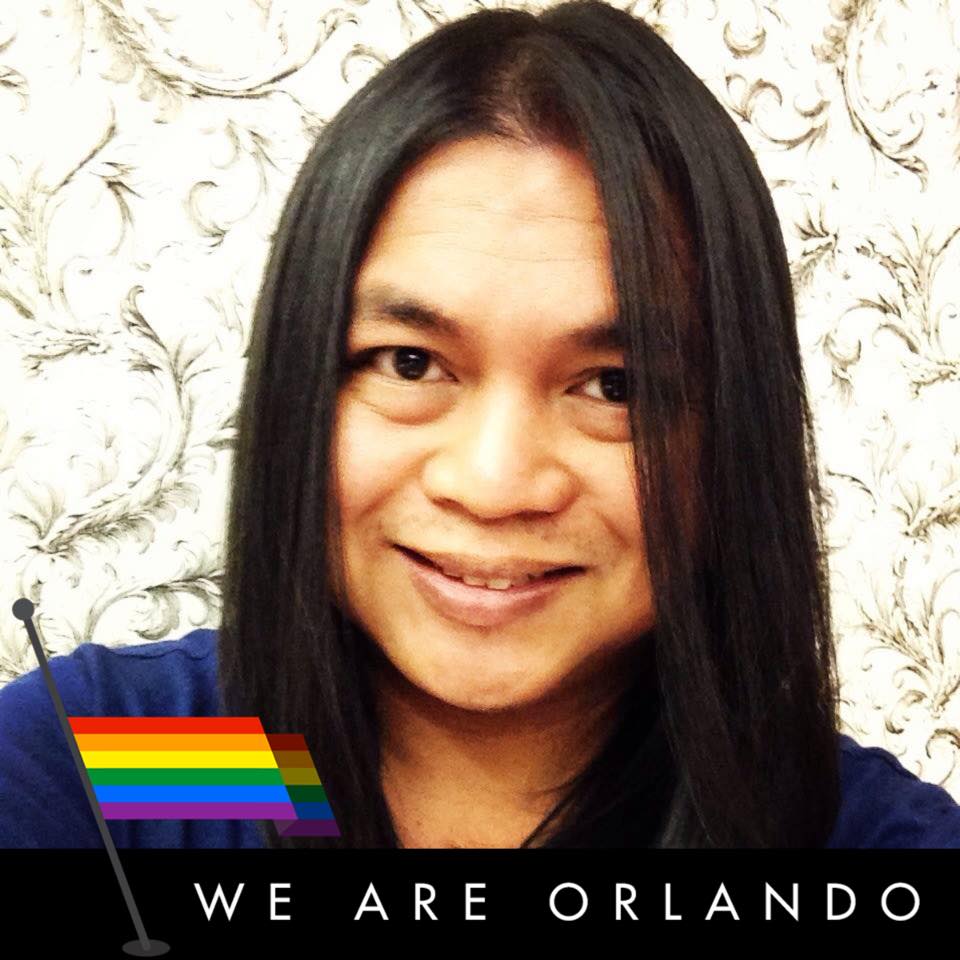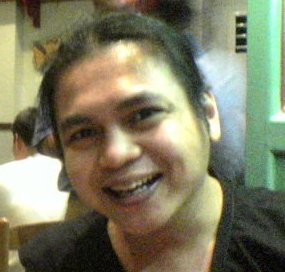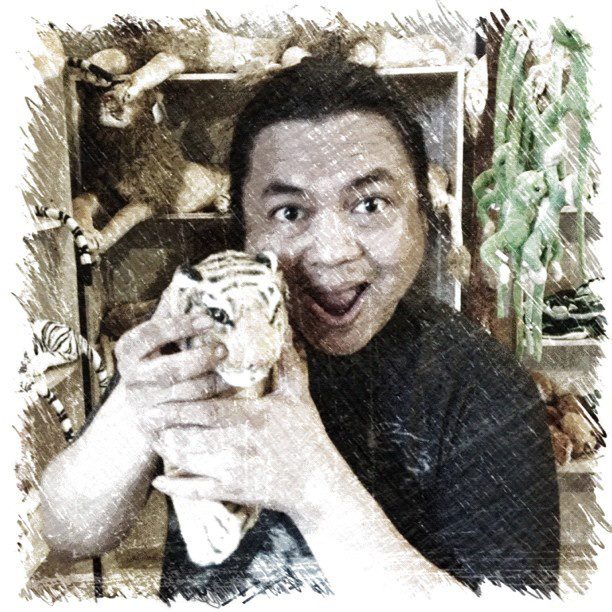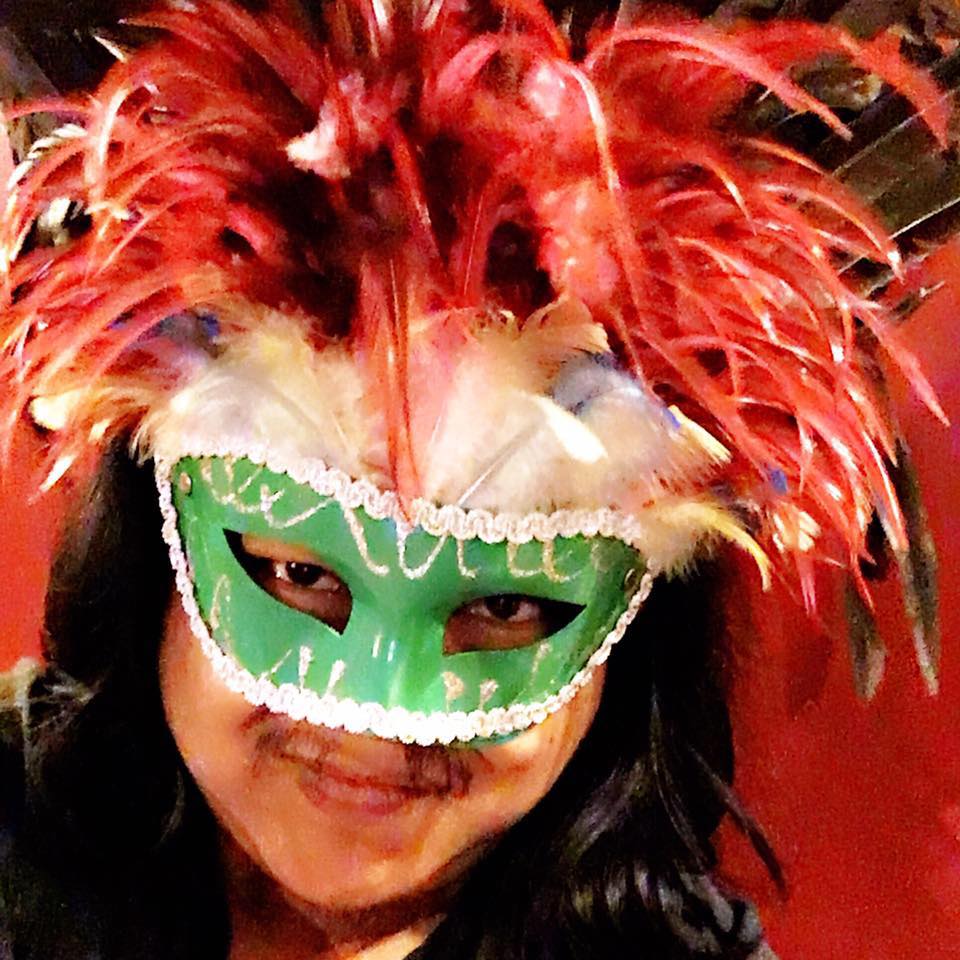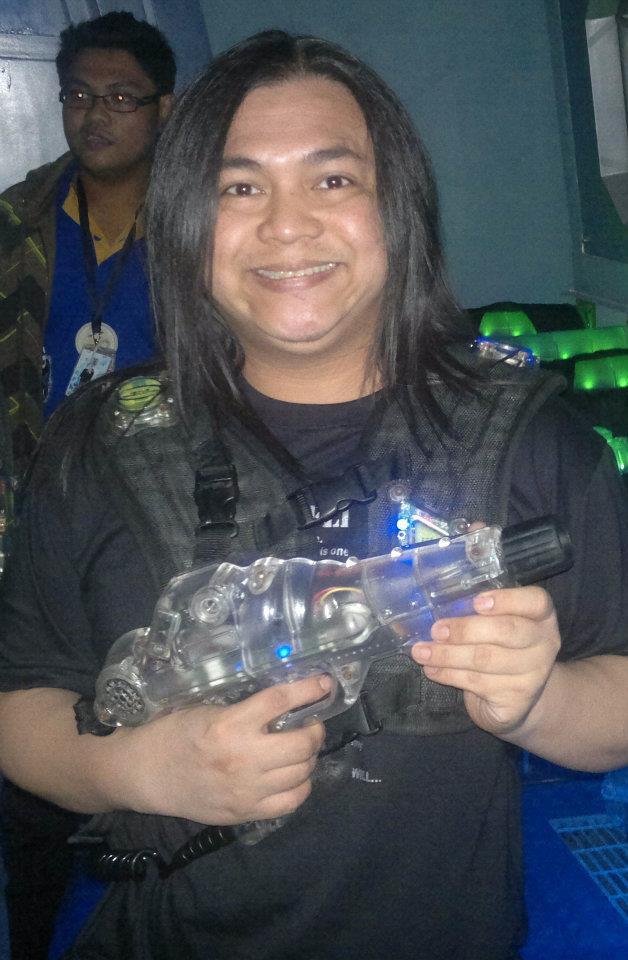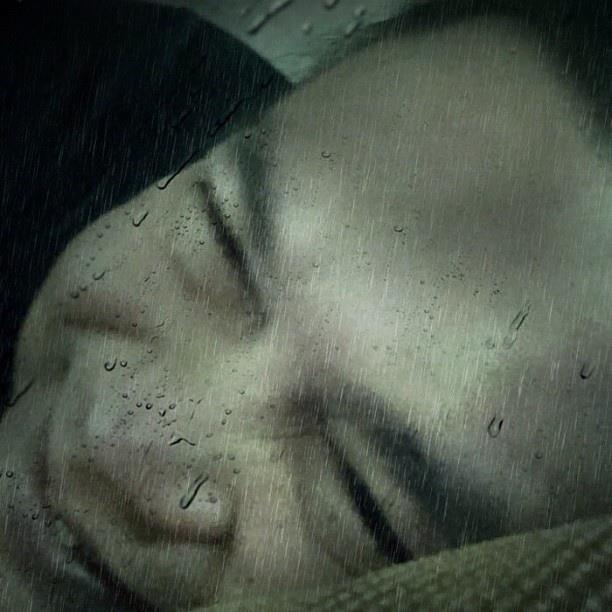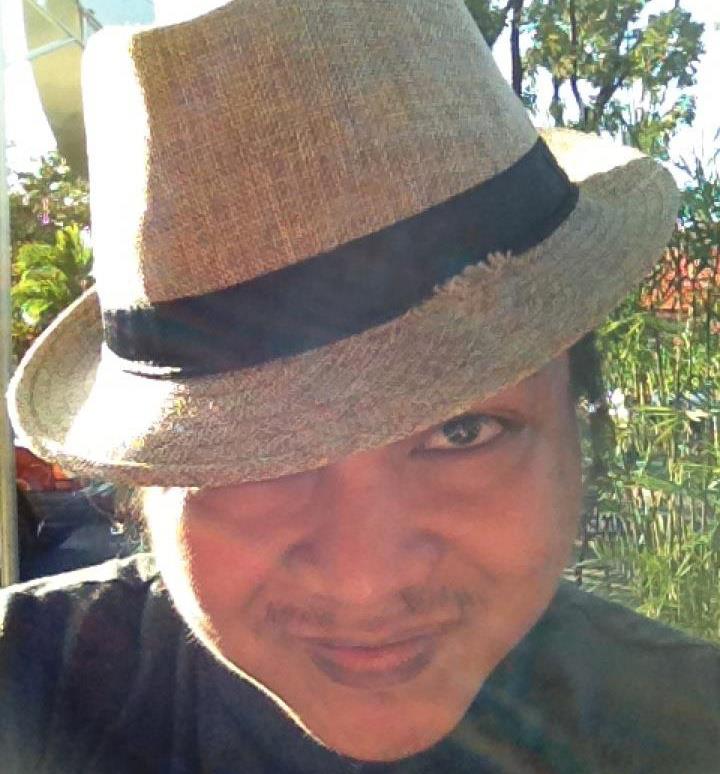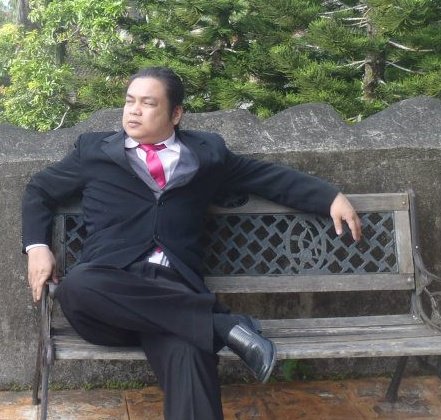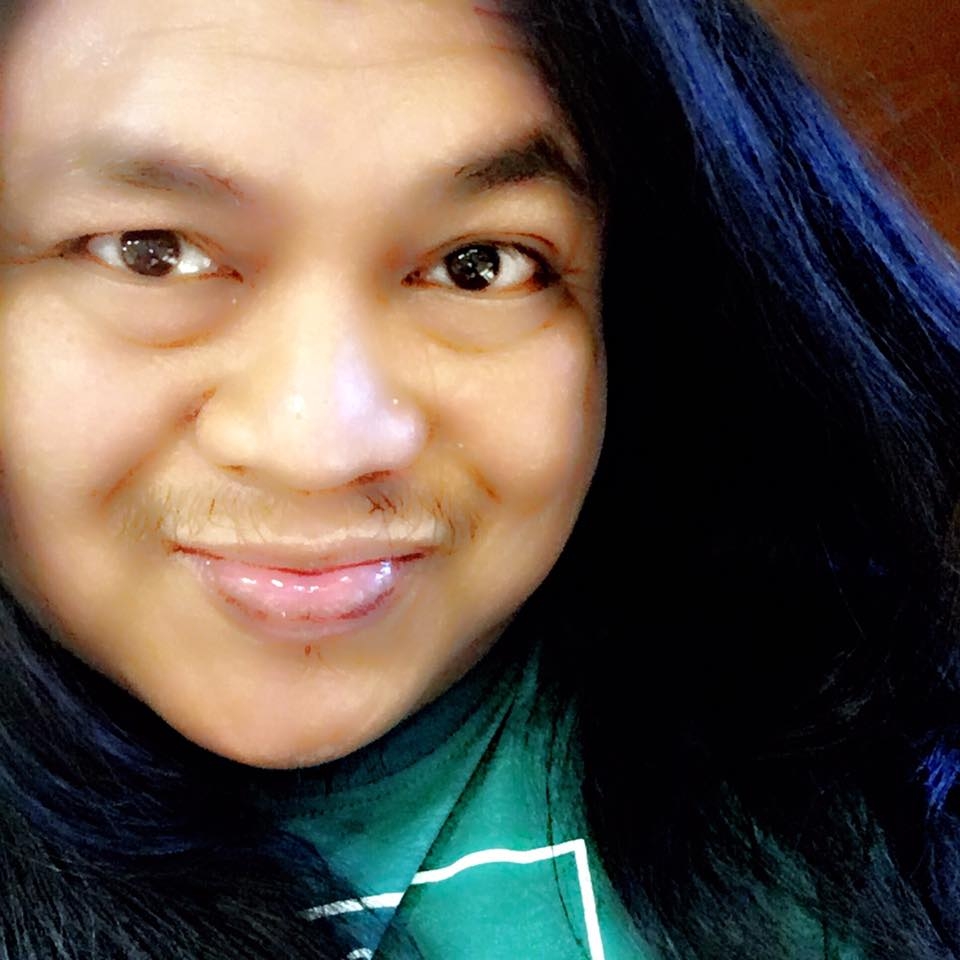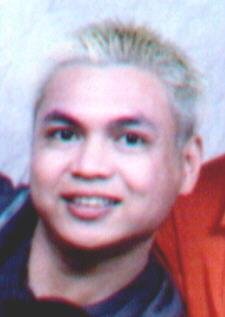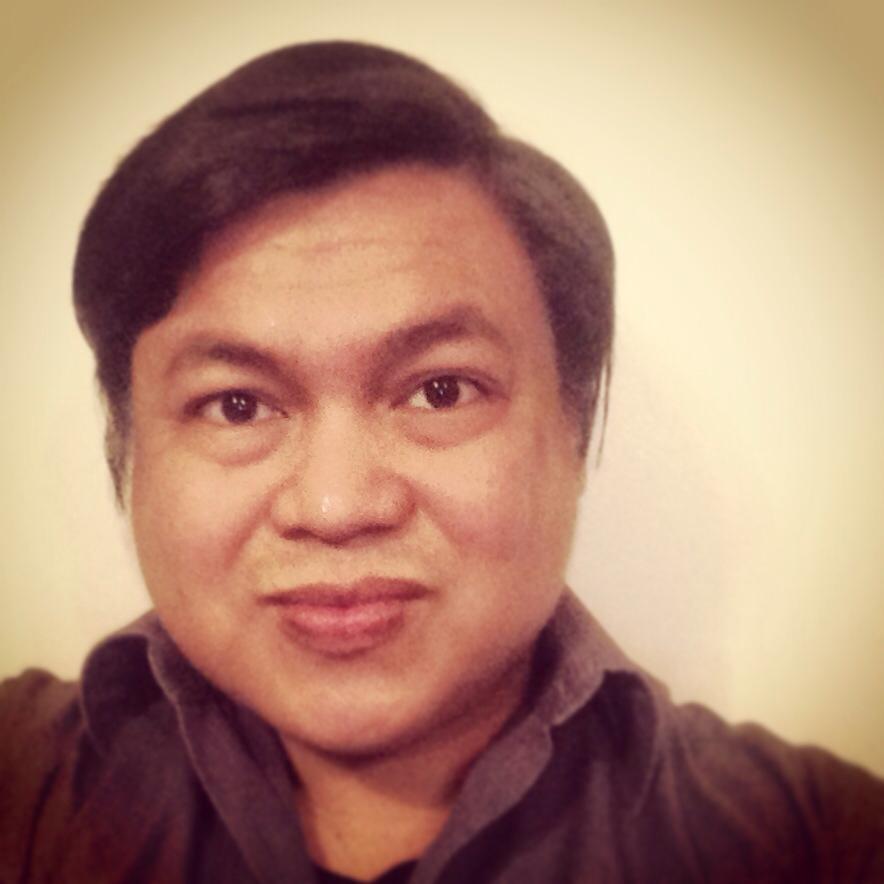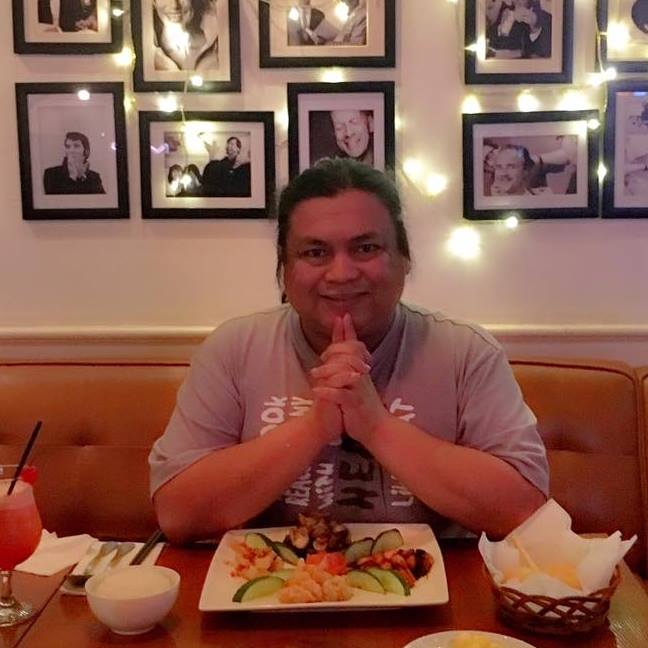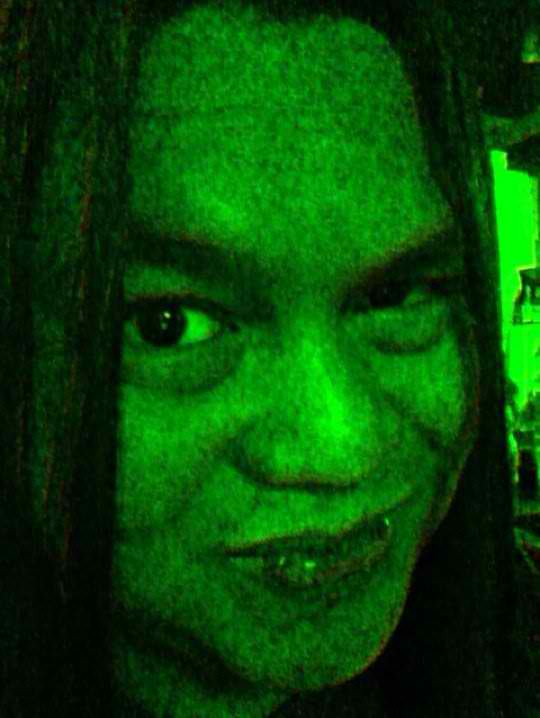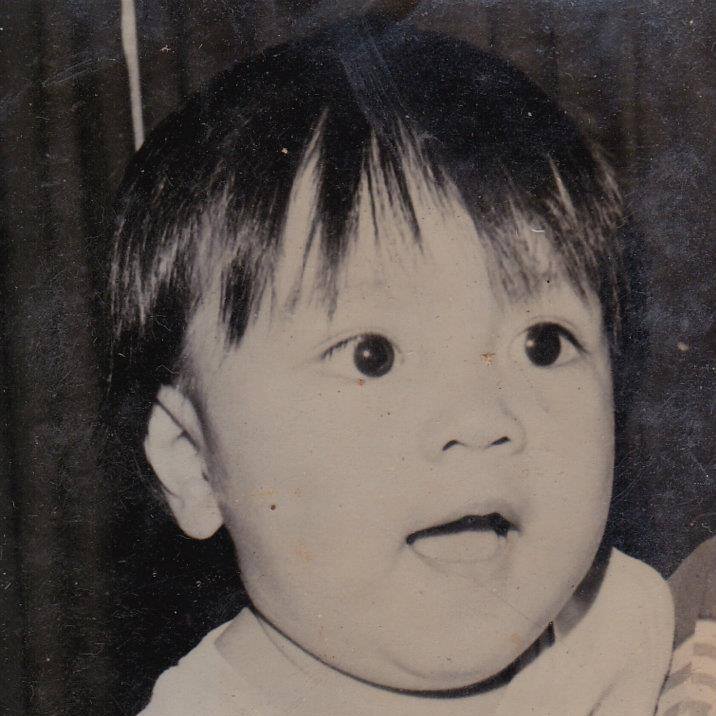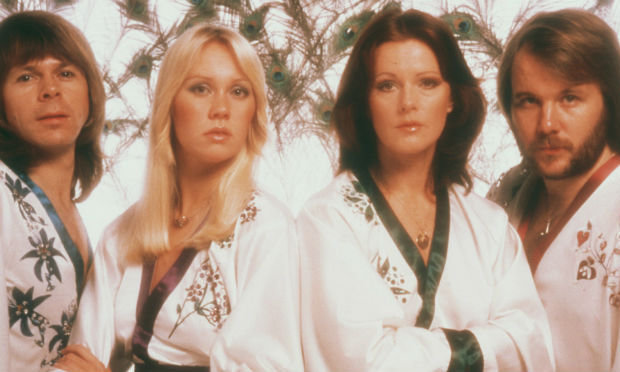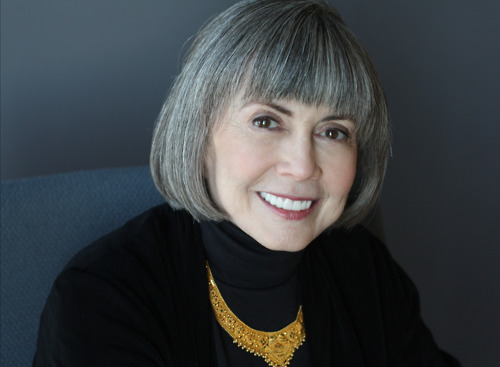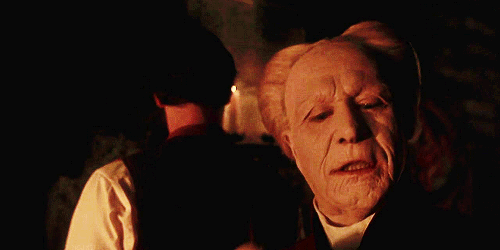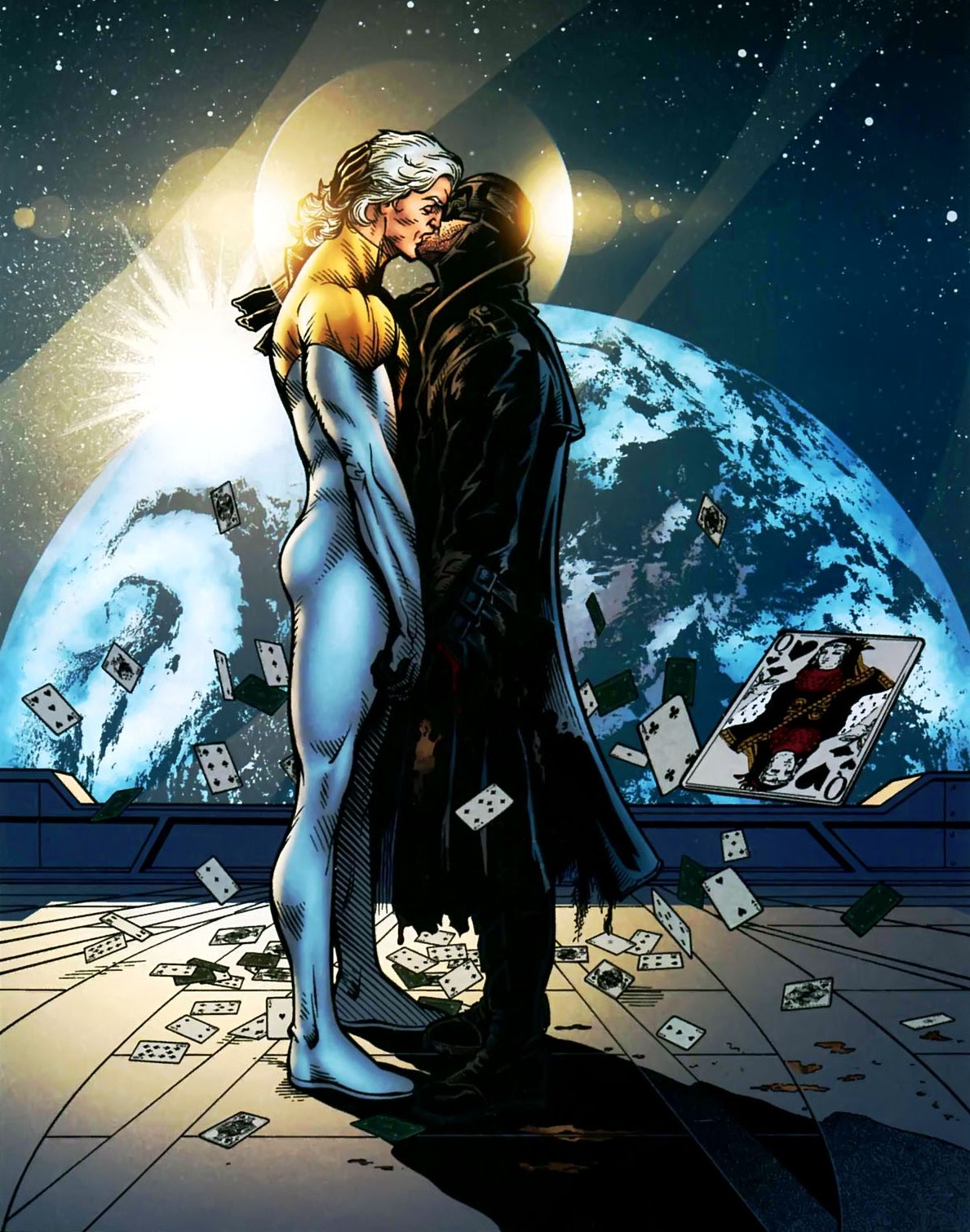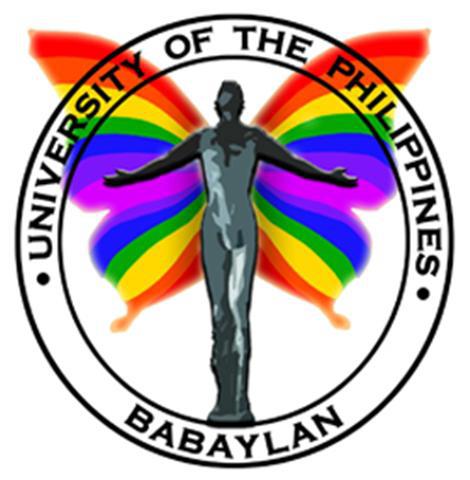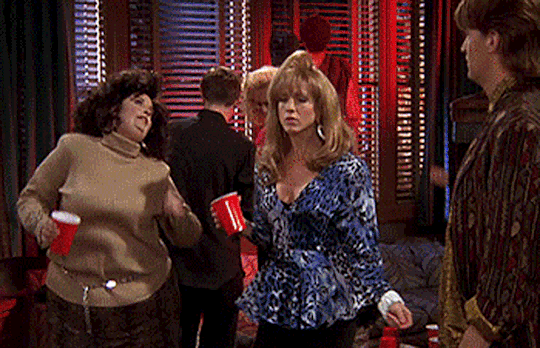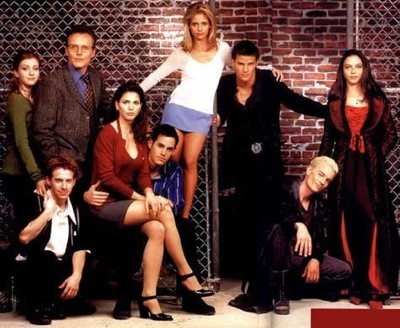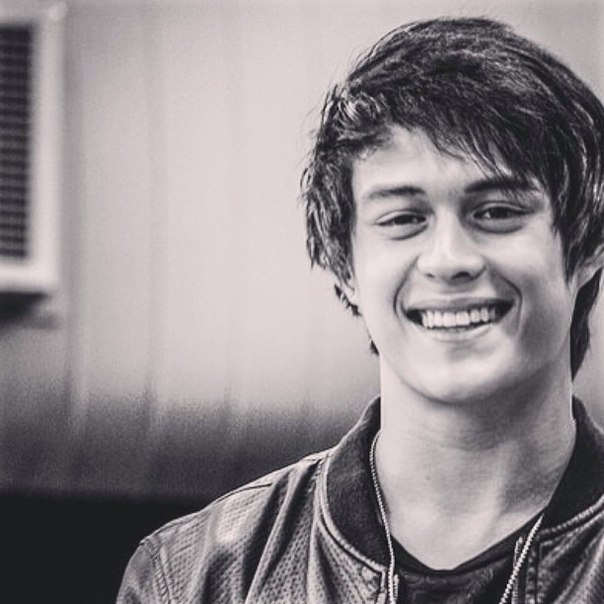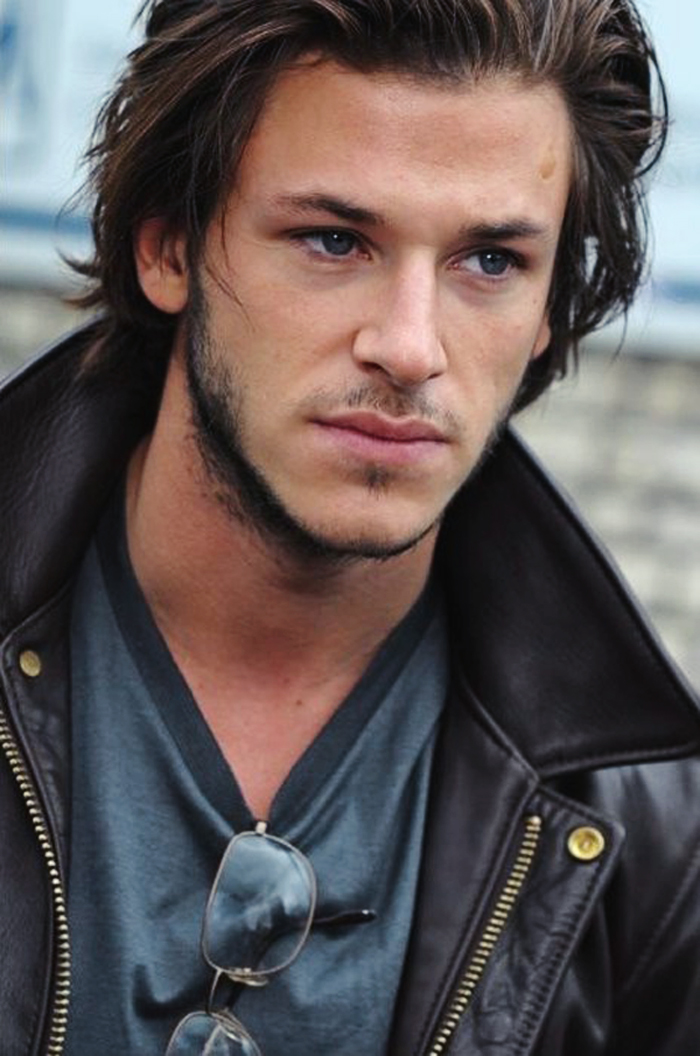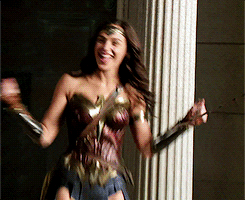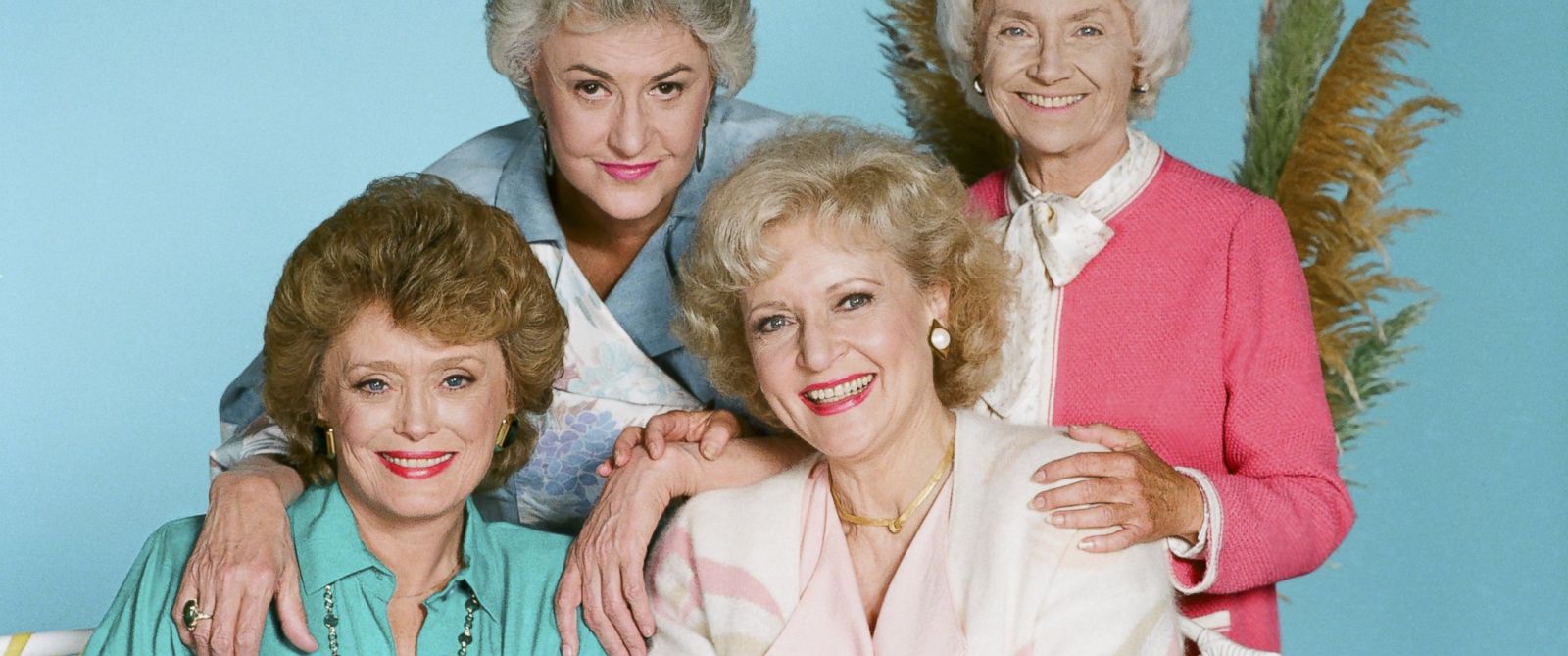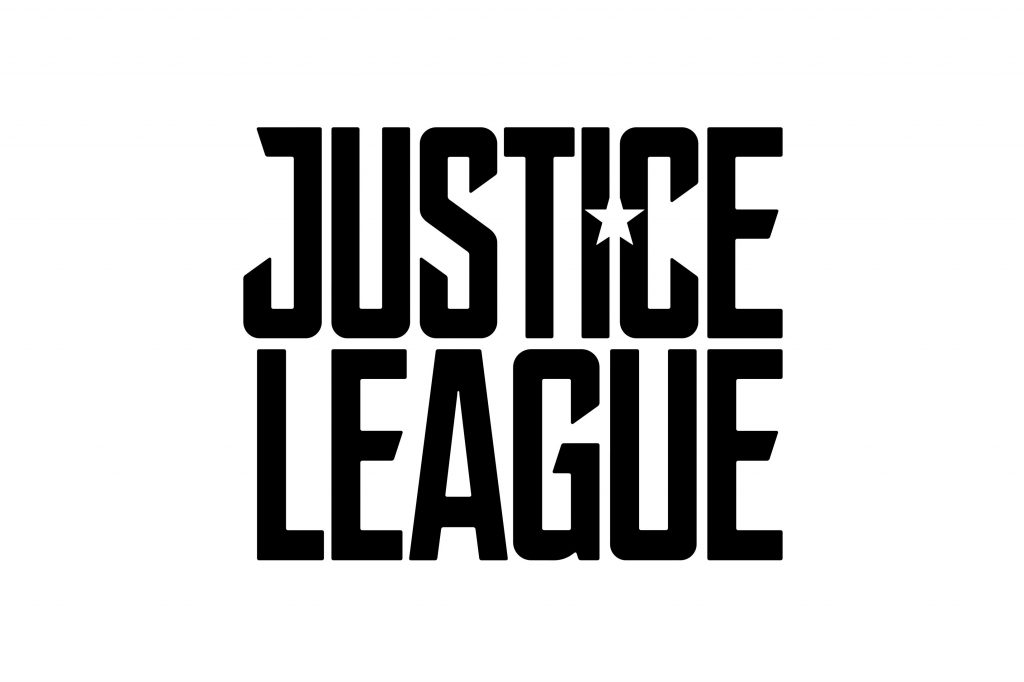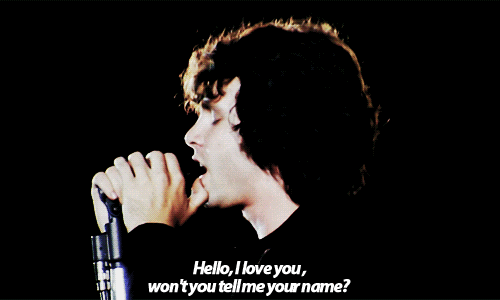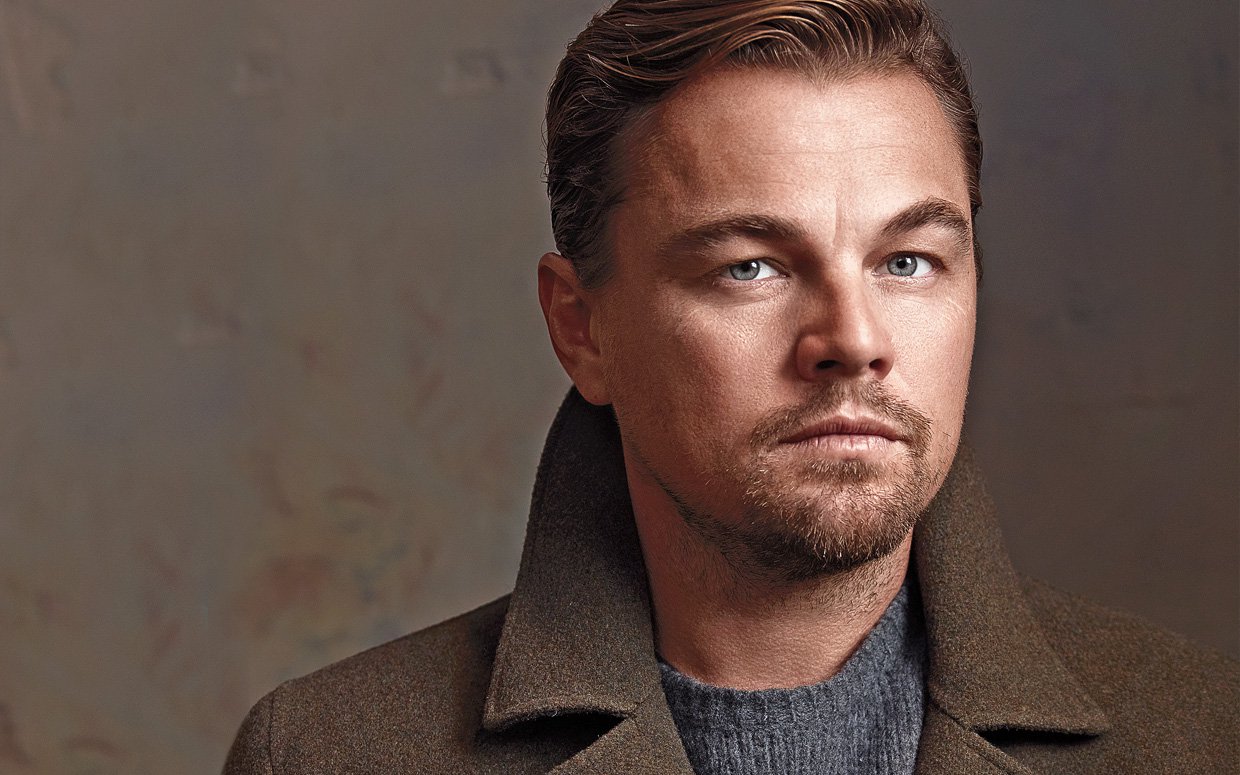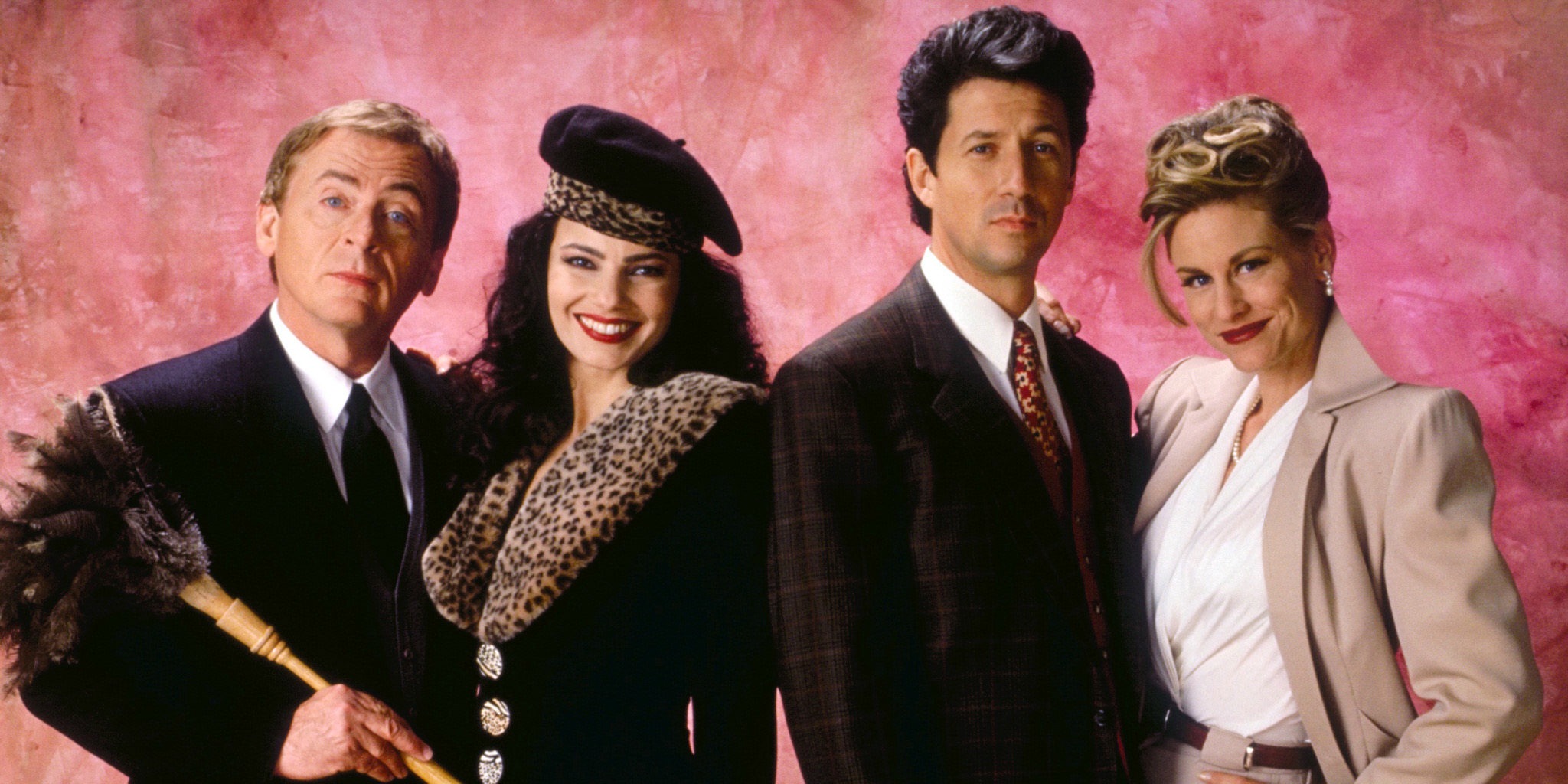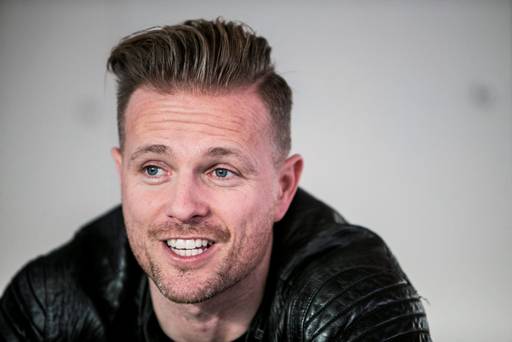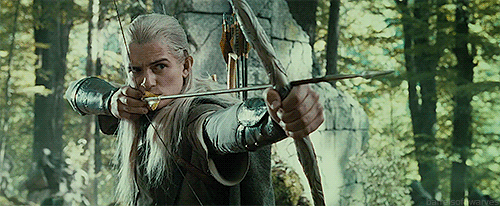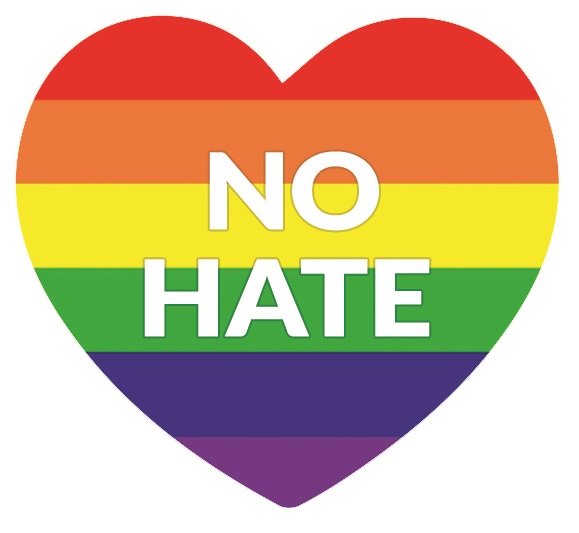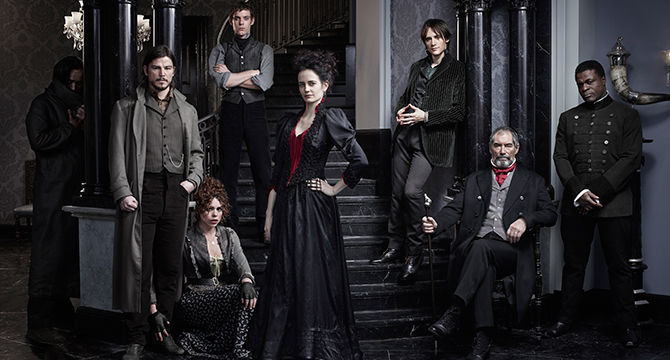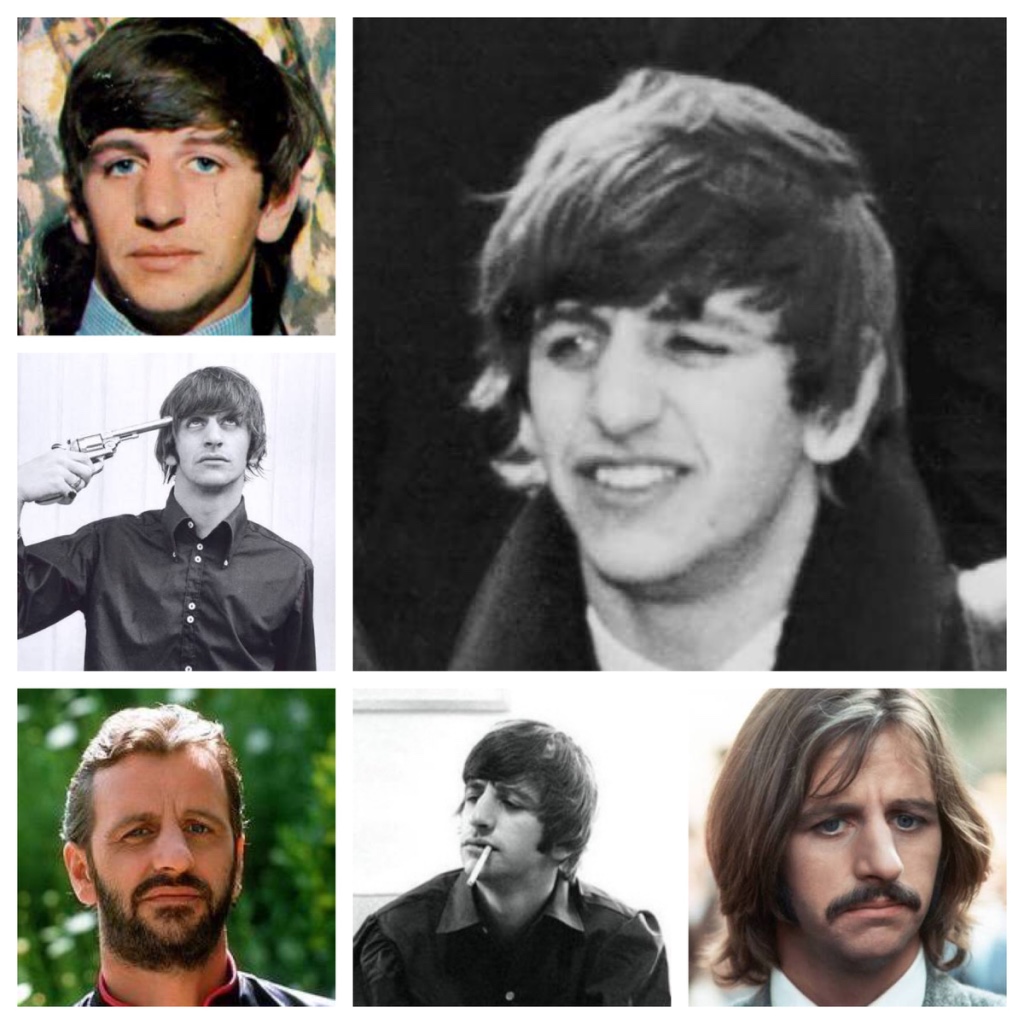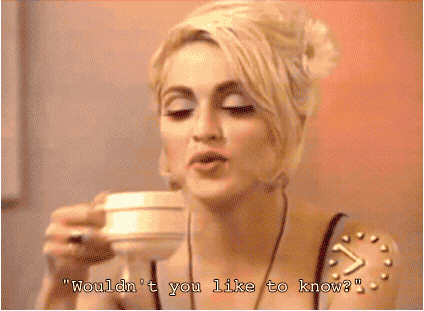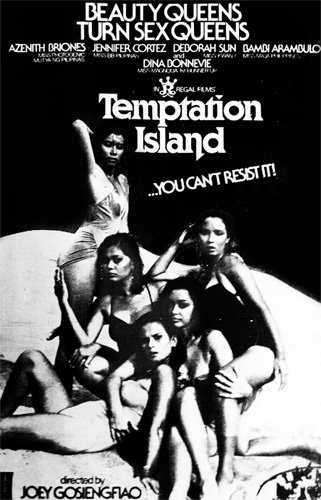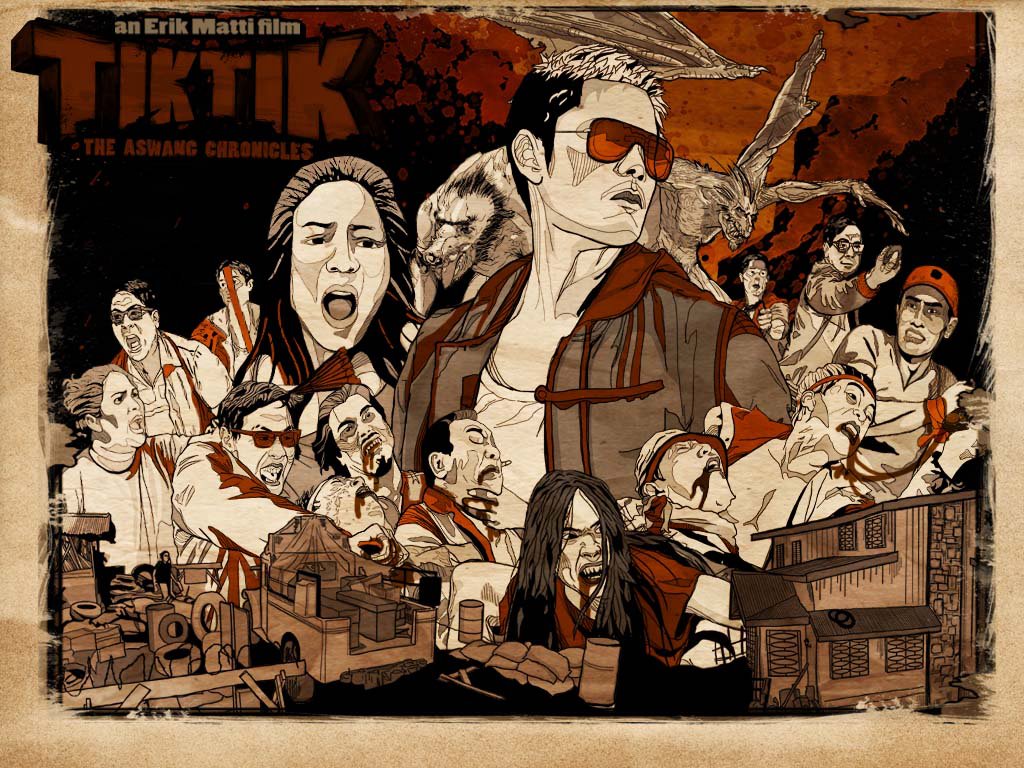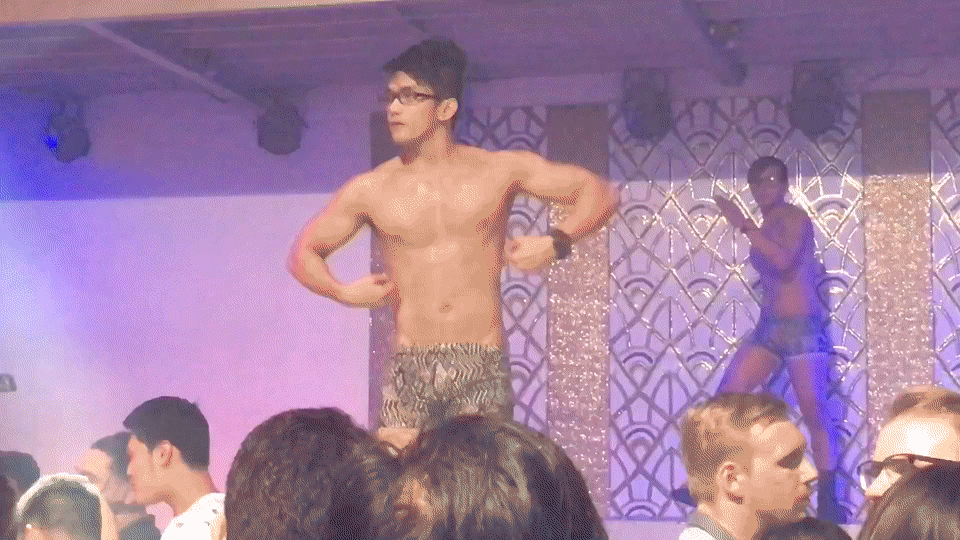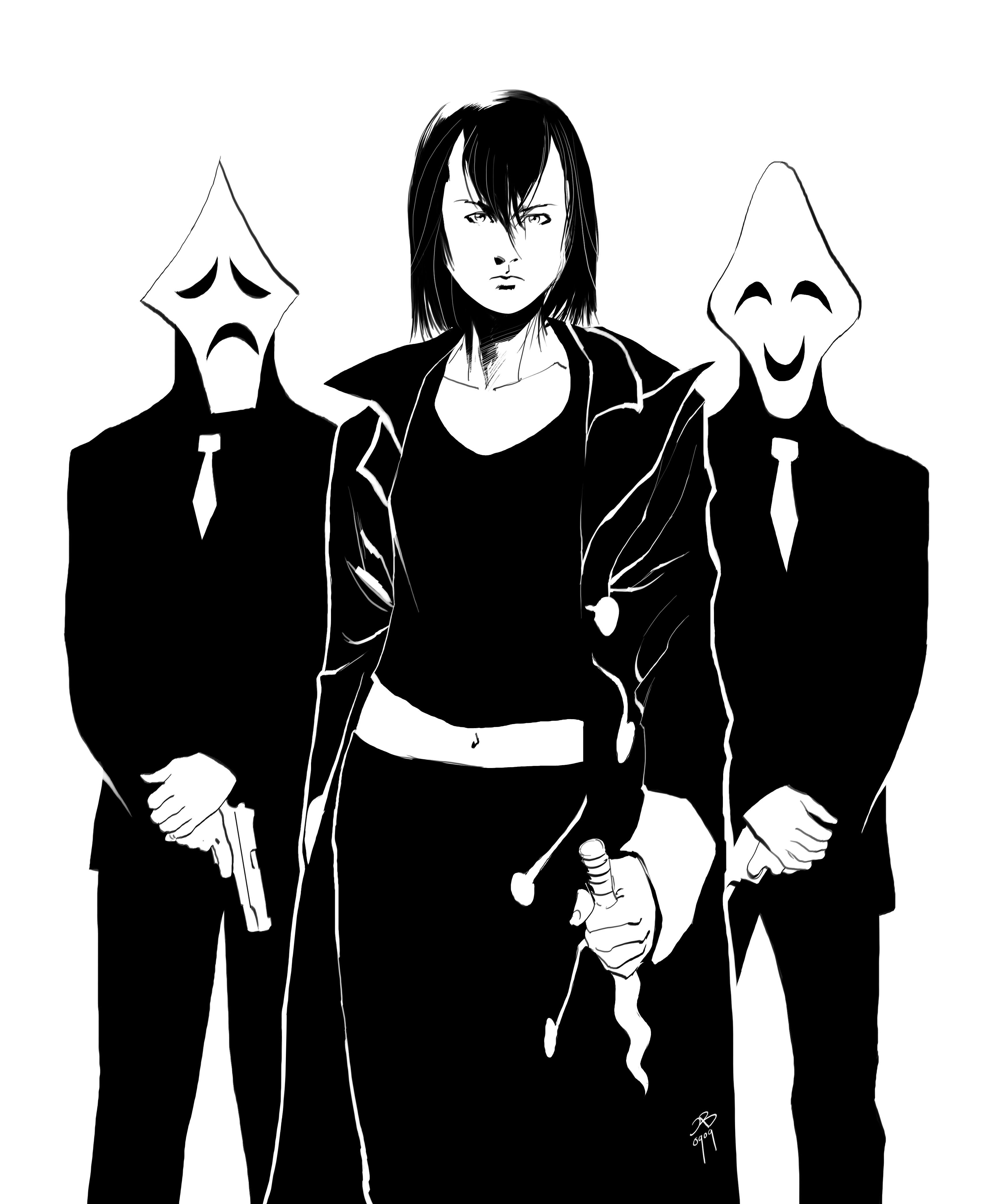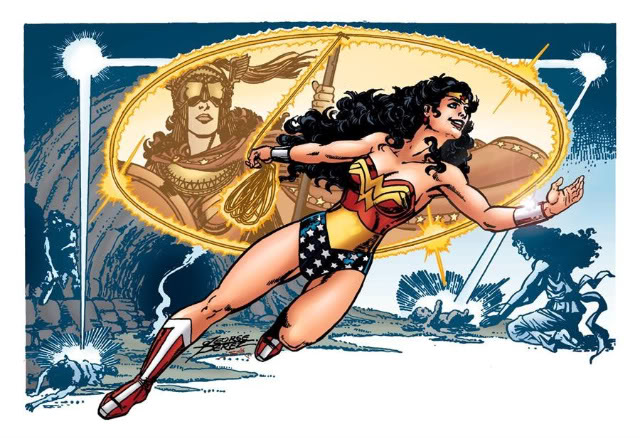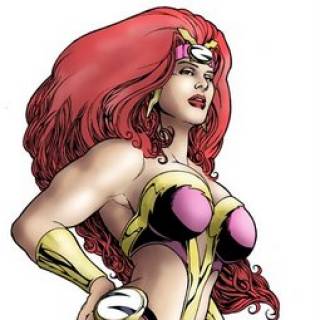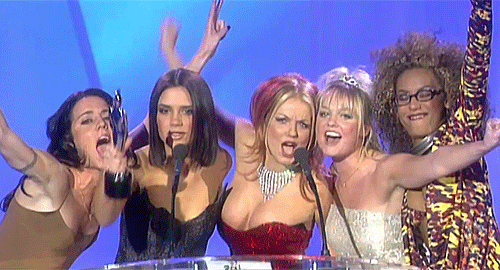Rogues Gathering, Part 2: Built Upon Hope
by allancarreon on Dec.21, 2016, under Film & TV, Geeky
Rogue One, Part 1: The Gray Side
Spoilers, young padawan!
Rogue One: A Star Wars Story, despite being a stand-alone film almost divorced from the main film series in terms of tone and the characters who populate each one, is essentially a direct prequel to the original 1977 film, Star Wars Episode IV: A New Hope. Some have even joked that if you wanted spoilers to Rogue One, all you needed to do was watch and read the opening crawl of A New Hope.
And it’s a pretty accurate statement, too. See for yourself.
You can enjoyably jump from Rogue One to A New Hope to feel how one film flows into the other quite well (despite the technical differences of two films almost forty years apart).
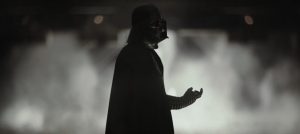 And that is indeed essentially the story of Rogue One:
And that is indeed essentially the story of Rogue One:
How did Princess Leia Organa get her hands on those Death Star plans? Why were Darth Vader and Grand Moff Tarkin after her? How did this “first victory” of the Rebels, as mentioned in Episode IV, really happen? Who were involved? Perhaps most intriguingly, why was there even a structural flaw in the Death Star in the first place, and why did the Empire not even know about it?
And thus we find out that Imperial Science Officer Galen Erso – who had initially refused to cooperate with the Empire but was coerced into doing so for the sake of his family – was the architect of the infamous Death Star. However, in defying the position he had been compromised into, he secretly added a structural flaw to the war machine and attempted to get this information through to his long-time ally, Saw Gerrera. Along the way, Galen’s long lost daughter comes into the picture, along with a ragtag band of Rebels and Not-Quite-Rebels who ultimately join forces to steal the plans from the planet Scarif after the idea was nixed by the leadership of the Rebel Alliance.
Rogues, indeed.
Aside from the more layered characterization of the folks who populate Rogue One, folks who don’t quite neatly fit into our idea of Good and Evil in the world of Star Wars, what sets this stand-alone spin-off film apart from the parent series is how we finally get to see a Star Wars movie that is not about the Skywalker family.
Unlike the main series where we see the big picture, the big epic, the big people, in Rogue One we see the rank and file, the little people so to speak, the ones who in any other film would be nothing but cannon fodder: nameless soldiers and warriors whom we see in the background fighting, who we hear have done things behind the scenes in order to advance the cause of both sides, who we know are there but rarely ever thought about – all in order to support the larger epic tale of Good vs. Evil, the family affair of the Skywalkers as their small circle of epic heroes and villains set the course of this galaxy, one way or the other.
This time around, we see heroes of a vastly different kind: the heroes who can be the very same heroes we would see in the real world.
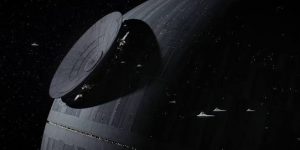 Many have said that Rogue One is more akin to a war movie than a typical scifi/fantasy film. They are not wrong. Despite all the usual surface trappings, there is hardly a lightsaber in sight (except for one thrilling sequence), there are no actual Jedi, and the focus is on the gritty realities of war: the dirty work, the gunfight, the bombs, the destruction and death at ground zero. This is not a war you win by drawing out a lightsaber and engaging in a dazzling swordfight against the enemy. This is a war you can win or lose at a moment’s notice, where you do not know who will live or who will die. This is a war that is not only realistic, it is a war that is relevant to our modern world.
Many have said that Rogue One is more akin to a war movie than a typical scifi/fantasy film. They are not wrong. Despite all the usual surface trappings, there is hardly a lightsaber in sight (except for one thrilling sequence), there are no actual Jedi, and the focus is on the gritty realities of war: the dirty work, the gunfight, the bombs, the destruction and death at ground zero. This is not a war you win by drawing out a lightsaber and engaging in a dazzling swordfight against the enemy. This is a war you can win or lose at a moment’s notice, where you do not know who will live or who will die. This is a war that is not only realistic, it is a war that is relevant to our modern world.
I suspect the visual similarity of the holy city of the planet Jedha to a wartorn Middle Eastern country is not a coincidence.
And as such, in choosing to make a film that tackles war in the realest sense, director Gareth Edwards and company have succeeded in allowing Star Wars to transcend from being grand escape fantasy into being an even more affecting and emotionally powerful universe.
In this world, we see what can (and more often does) happen to heroes: they die. They are unsung. They do their duties to save the world, to save their people, but they sacrifice themselves along the way.
These are not your typical fantasy heroes. These are not the Lukes and Leias who against all odds succeed. These are not the Frodos and Aragorns who, despite suffering losses, live to see the happy ending of their epic adventures. These are not the Superman and Wonder Women who, even when they die again and again, come back and continue to be heroic inspirations as living legends.
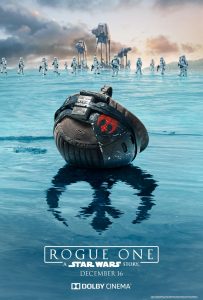 For the heroes of Rogue One, much like many heroes in real life, there is no happy ending, not in terms of their own personal lives. The happy ending simply comes for the rest of those who they leave behind, but they themselves choose to sacrifice their own lives for the greater good – for the future of the rest of the galaxy. Some of them, such as Bodhi Rook and K-2SO, do not even get an extended melancholic sequence at their demise; things happen fast, and they just perish, no goodbyes or dramatic send-offs, heroes to the end without the pomp and pageantry and tears. But you feel for them.
For the heroes of Rogue One, much like many heroes in real life, there is no happy ending, not in terms of their own personal lives. The happy ending simply comes for the rest of those who they leave behind, but they themselves choose to sacrifice their own lives for the greater good – for the future of the rest of the galaxy. Some of them, such as Bodhi Rook and K-2SO, do not even get an extended melancholic sequence at their demise; things happen fast, and they just perish, no goodbyes or dramatic send-offs, heroes to the end without the pomp and pageantry and tears. But you feel for them.
The heroes of Rogue One are heroes because they willingly choose to sacrifice their lives in order to ensure that goodness will find a way to triumph in the end. They are heroes because they leave behind and build upon hope.
These are not larger-than-life heroes whose grand destiny it is to become heroes.
This is the story of how common men become heroes.
And that is a powerful story, indeed.
Rogue One‘s cast is a wonderful ensemble that brings together comparatively lesser-known actors and actresses. Perhaps the most well-known in the cast is Academy Award-winning actor Forest Whitaker, who plays the small but pivotal role of extremist Saw Gerrera. The two leads – Academy-nominated Felicity Jones who plays Jyn and the critically-acclaimed Diego Luna (of Y Tu Mamá También fame) who plays Cassian – have their own cineaste following as well, but neither have been particularly mainstream until now.
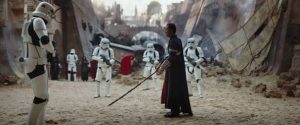 But of course, that has always been one of the strengths of the franchise, at least of the original trilogy. They cast lesser-known performers in the primary roles (Mark Hamill, Carrie Fisher, Harrison Ford at that time) while providing support from acclaimed actors (Alec Guinness), thereby allowing the story to breathe and be the focus of the films without the distraction and expectations of marquee names.
But of course, that has always been one of the strengths of the franchise, at least of the original trilogy. They cast lesser-known performers in the primary roles (Mark Hamill, Carrie Fisher, Harrison Ford at that time) while providing support from acclaimed actors (Alec Guinness), thereby allowing the story to breathe and be the focus of the films without the distraction and expectations of marquee names.
It is a gamble that pays off, for Felicity and Diego both turn in fine performances, as do the rest of the ensemble. Worth noting aside from them, in particular, are Donnie Yen (Chirrut) and Wen Jiang (Baze), whose relationship is made even more subtly complex by how they manage to interact with each other. 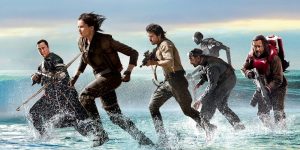 Alan Tudyk as K-2SO is effective, hilarious, and affecting all at the same time, while rapper Riz Ahmed gives a surprisingly good performance.
Alan Tudyk as K-2SO is effective, hilarious, and affecting all at the same time, while rapper Riz Ahmed gives a surprisingly good performance.
The production itself is stunning. There is a grit and realism to the film that is unusual for a Star Wars movie, one that ultimately succeeds. This does not negate but rather enhances the fantastic elements of the film – the wonderful visual effects, the battles between X-Wings and TIE fighters, the ominous appearance of the Walkers, the wide array of planets and moons we visit. Through and through, it is a Star Wars movie that manages to make a name of its own.
 I’ve watched Rogue One twice. In both these viewings, the audience applauded at the end. I plan to see it at least once more, and I predict the audience then will also applaud.
I’ve watched Rogue One twice. In both these viewings, the audience applauded at the end. I plan to see it at least once more, and I predict the audience then will also applaud.
I echo Mark Hamill’s tweet: It’s not just a great Star Wars movie. It’s a great movie, period.
My Rating: 9.5 out of 10 Stars
Starring: Felicity Jones, Diego Luna, Alan Tudyk, Donnie Yen, Wen Jiang, Ben Mendelsohn, Forest Whitaker, Riz Ahmed, Mads Mikkelsen, Jimmy Smits, Alistair Petrie, Genevieve O’Reilly, with the voice of James Earl Jones. Plus, the late Peter Cushing somehow manages to appear plenty of times.
Directed By: Gareth Edwards


